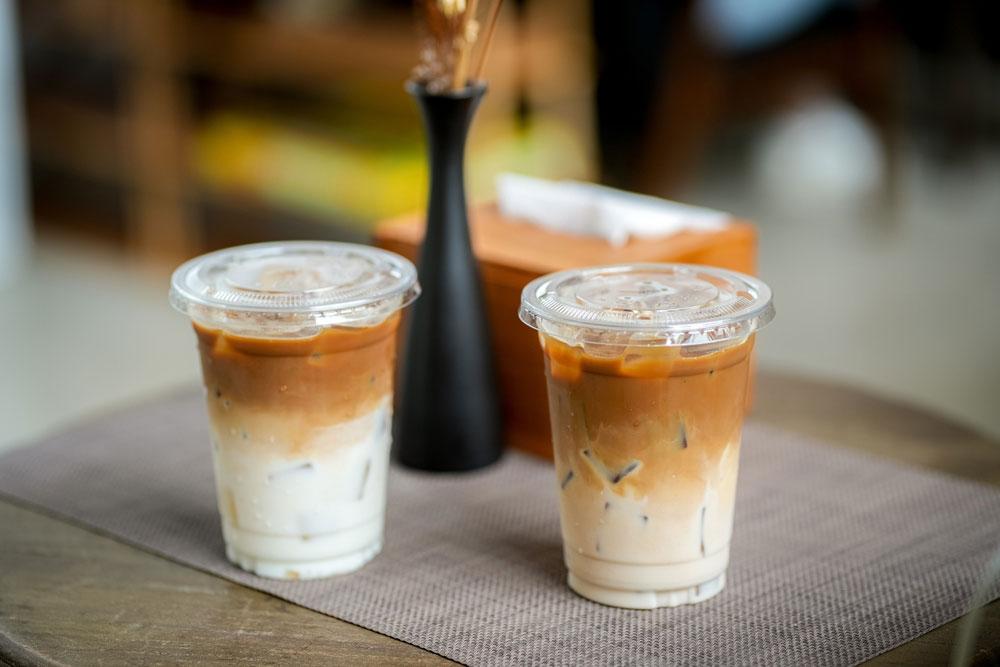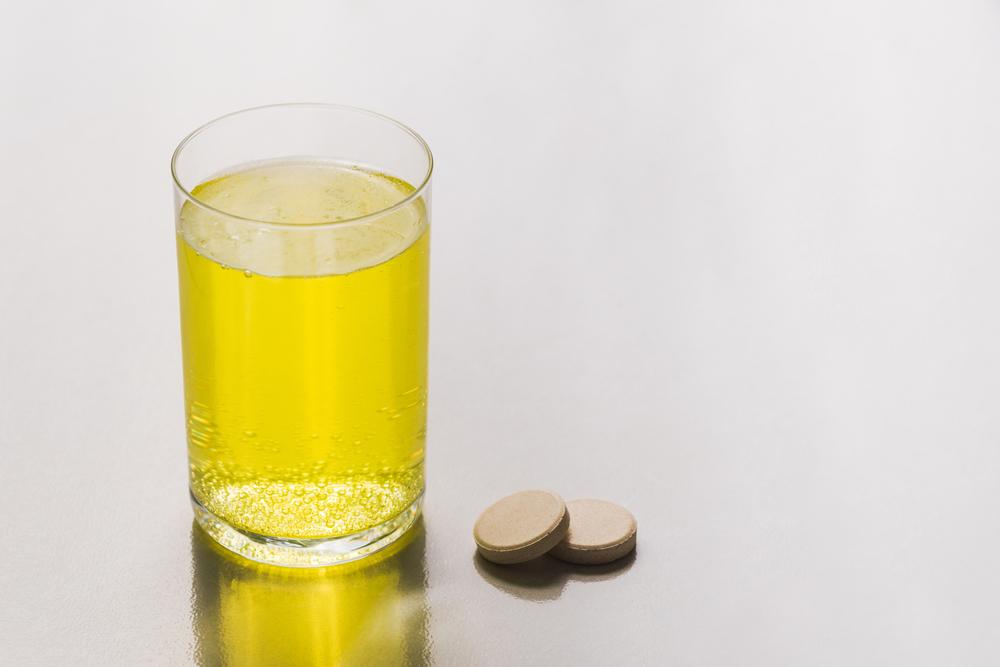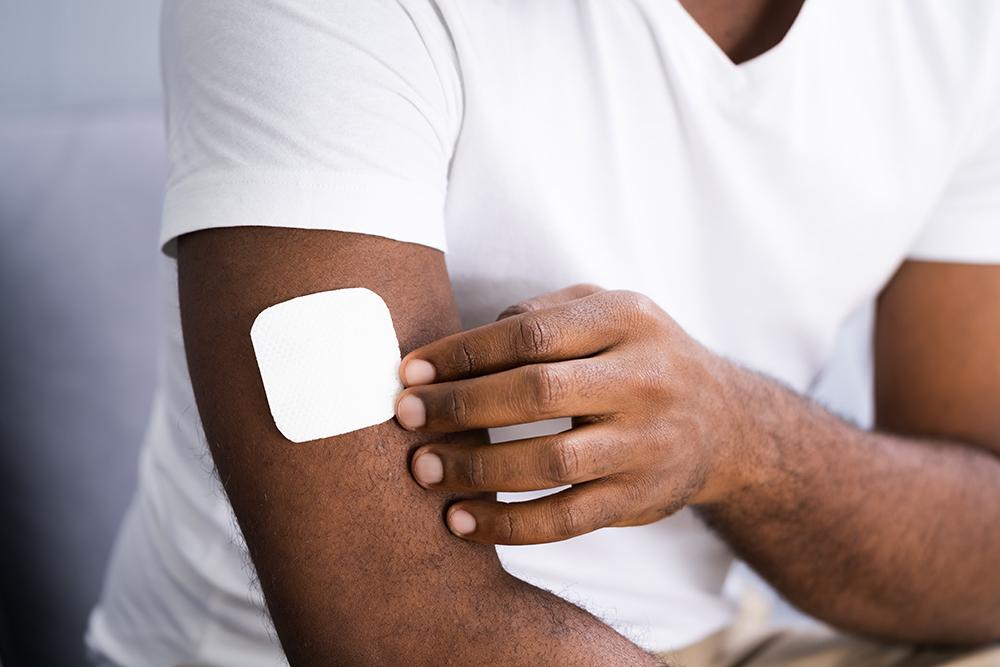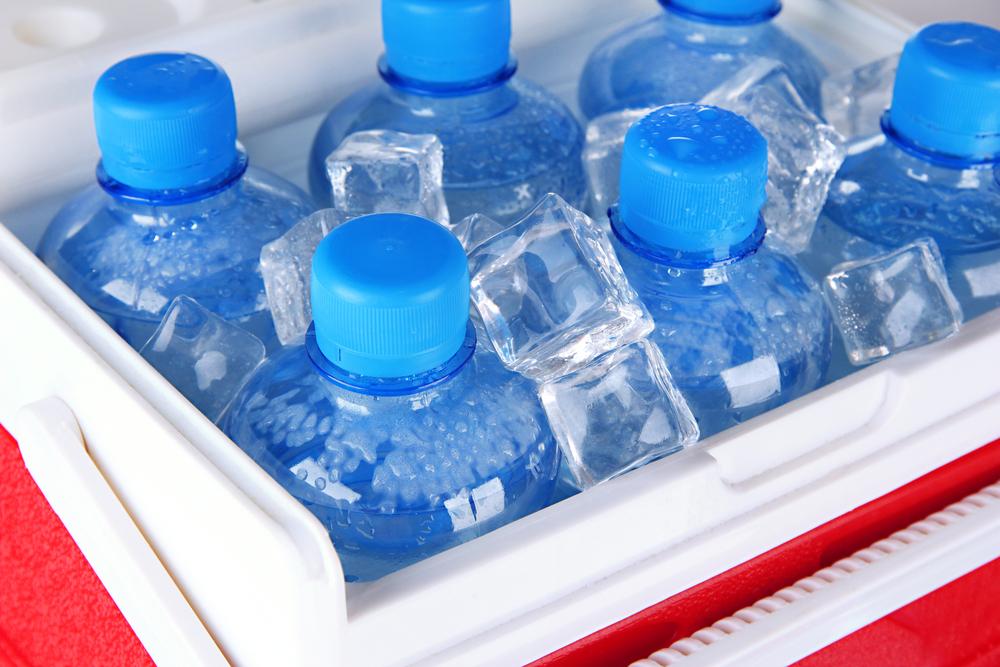 It can be confusing when you’re shopping for a sports drink for your athlete and are confronted with an entire aisle of options. There are sports drink mixes and bottles, oral rehydration solutions in bottle and packet form, electrolyte tabs and mixes, and blends designed to promote recovery. Choosing the right one can feel impossible.
It can be confusing when you’re shopping for a sports drink for your athlete and are confronted with an entire aisle of options. There are sports drink mixes and bottles, oral rehydration solutions in bottle and packet form, electrolyte tabs and mixes, and blends designed to promote recovery. Choosing the right one can feel impossible.
Here, TrueSport Expert Kristen Ziesmer, a registered dietitian and board-certified specialist in sports dietetics, breaks down the difference between the drinks marketed towards athletes and explains how you can help your athlete find the right mix for their needs.
First, let’s define the four common drinks/drink mixes you might see in the sports nutrition aisle.
- Sports drinks: A blend of water, a form of sugar, and electrolytes designed to help athletes replenish muscle glycogen as well as vital electrolytes like sodium and potassium lost via sweat during exercise. (Example: Gatorade)
- Oral rehydration solutions: This blend of water, sugar, and electrolytes is designed to treat dehydration. It’s typically recommended for people experiencing severe nausea or diarrhea as a way to replenish fluid levels. (Example: Pedialyte)
- Electrolyte drinks: These low- to no-calorie powders and tablets add sodium, potassium, and magnesium as well as flavoring to a water bottle. While electrolytes are important, especially for heavy sweaters, these tablets won’t contain the carbohydrates that your athlete needs. Many sports drinks and oral rehydration solutions now offer sugar-free or low-sugar versions of their drinks, and in those cases, would shift from being sports drinks/oral rehydration solutions to being electrolyte beverages. (Examples: nuun, LMNT)
- Recovery drinks: These drinks will typically contain a blend of carbohydrates and protein in order to promote muscle repair as well as glycogen replenishment. These are meant to be used post-exercise, not during activity or during a break in a competition, and they may cause gut distress if they are used during activity. (Examples: Gu Roctane Protein Recovery Mix, Klean Athlete Klean Recovery)
Are sports drinks and oral rehydration solutions the same?
While these drinks have a lot in common, their balance of carbohydrates and electrolytes are optimized for different purposes. An oral rehydration solution will often have a much higher sodium and potassium content compared to a sports drink, while a sports drink will generally have a higher sugar content. Drinks like Gatorade are formulated with athletic performance in mind, while most oral rehydration solutions available in drugstores are formulated with sick children in mind.
Ziesmer also notes that oral rehydration solutions like Pedialyte tend to be significantly more expensive than most sports drinks, which may be an issue for some caregivers. See below for a simple recipe to make your own sports drink at a much lower price point.
Which drink mix should my athlete use?
Studies have found that there’s no difference in fluid retention between sports drinks and oral rehydration solutions when used during exercise—so both will be beneficial on the field. The primary difference is in the sugar content: The amount of sugar will vary from brand to brand, but generally, oral rehydration solutions contain less sugar than sports drinks. A standard Pedialyte serving contains nine grams of sugar while Gatorade contains 22 grams, which means that Pedialyte may not provide enough fuel for a longer competition or race if it’s the only thing consumed.
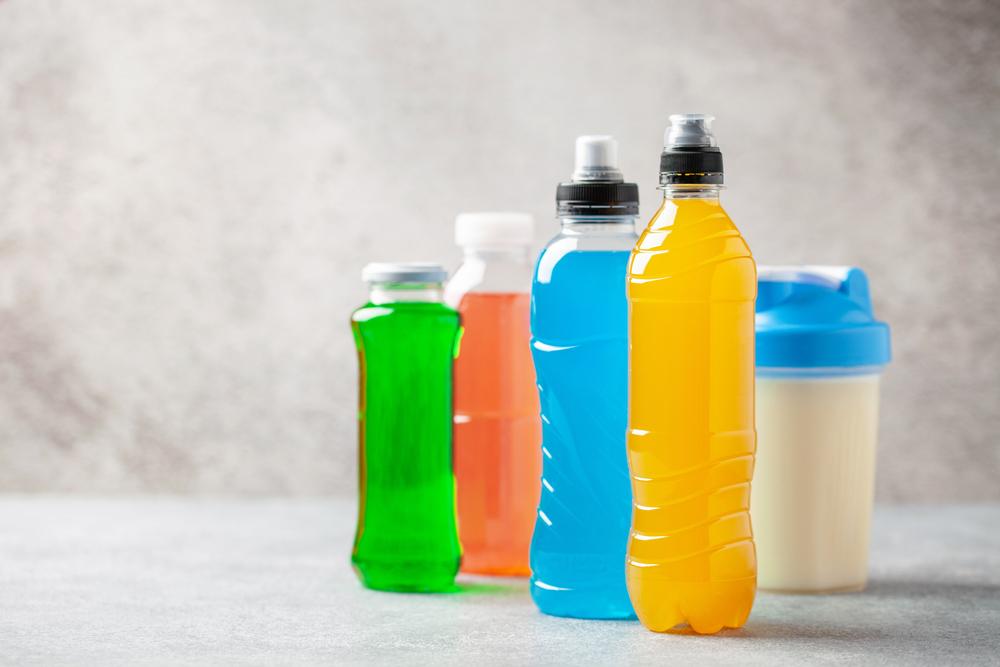 Remember, for athletes, less sugar isn’t necessarily a good thing. Athletes need sugar to fuel the work that they’re doing. An athlete’s needs will vary depending on the amount of work they’re doing and their own biological processes—some athletes need significantly more sugar than others to do the same amount of work. So, you will need to experiment to find out what works best for your athlete, says Ziesmer. “A long-distance runner who’s not taking in much food may need that higher sugar content, so something like Gatorade is going to be more helpful for them,” Ziesmer explains.
Remember, for athletes, less sugar isn’t necessarily a good thing. Athletes need sugar to fuel the work that they’re doing. An athlete’s needs will vary depending on the amount of work they’re doing and their own biological processes—some athletes need significantly more sugar than others to do the same amount of work. So, you will need to experiment to find out what works best for your athlete, says Ziesmer. “A long-distance runner who’s not taking in much food may need that higher sugar content, so something like Gatorade is going to be more helpful for them,” Ziesmer explains.
However, if your athlete struggles with gut distress during activity, the lower sugar drinks like Pedialyte may actually be easier for their systems to handle, Ziesmer adds. It may also be a better choice for heavy sweaters, since it contains more electrolytes.
“Choosing a sports drink comes down to figuring out how your digestive system operates best and which taste you prefer,” she says.
No matter what, ensure that your athlete has some form of carbohydrates coming in during exercise as well. If your athlete prefers electrolyte-only drinks, keep in mind that they need to be eating some type of simple carbohydrate as well. “Your body needs carbohydrates to shuttle the sodium throughout the body,” Ziesmer says. “So, your athlete needs to eat something in addition to the electrolyte packets.
What ingredients should my athlete avoid?
“In my opinion, a sports drink should contain only the things you need—sugar and electrolytes—and no extras,” says Ziesmer. Energy drinks are often marketed as sports drinks, but be aware that they are not recommended for young athletes.
“I’m seeing a lot of energy drinks being promoted as sports drinks, and those contain things like caffeine, green tea extract, taurine, Vitamin B or L-theanine, none of which are essential for athletes,” she adds. “Some athletes will react poorly to the caffeine or the other ingredients as well. You just want the basics.”
Can I make a sports drink at home?
Absolutely. Ziesmer suggests mixing your athlete’s preferred fruit juice (apple or grape tend to work well) with the same amount of water and adding a pinch of sea salt. If your athlete likes a hint of tart flavor, a squirt of lemon juice also adds a small amount of potassium to the mix. “Sodium is the key electrolyte required during sport, and assuming your athlete eats a balanced diet the rest of the day, they’re likely getting enough of the other key electrolytes—magnesium and potassium—in their diet,” says Ziesmer.
You can search online for other do-it-yourself sports drink recipes and make more creative options by infusing other ingredients like ginger into your fruit juice.
________________________
Takeaway
While there are many drink options available that are marketed towards athletes, remember that your athlete primarily needs a blend of water, sugar, and electrolytes (primarily sodium). The best option for your athlete will depend on their unique physiology, so you may need to try several options before you find what works best. You can also make your own sports drink with just three ingredients: water, fruit juice, and sea salt.
